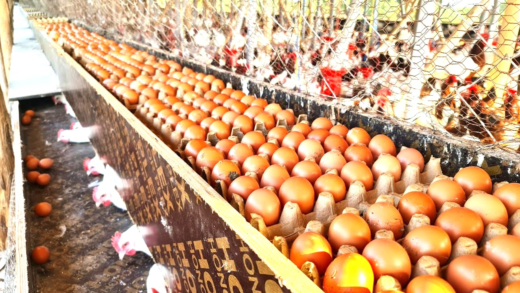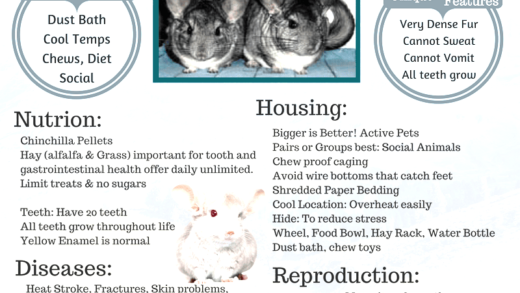Anteaters are unique creatures with specialized features like their long tongues, which can reach up to 24 inches. They use these tongues effectively to consume ants and termites, their primary diet. There are four main species of anteaters, each with distinct characteristics. Anteaters also play a crucial role in their ecosystems by controlling insect populations and promoting soil health.
Anteater Tongue Length: How Long is It?
Anteaters are fascinating creatures, and one of their most notable features is their tongue length. The average length of an anteater’s tongue can reach up to 16 to 24 inches (40 to 60 cm). This impressive length is crucial for their feeding habits. Anteaters use their long tongues to extract ants and termites from deep within their nests, which are often difficult for other animals to access.
Why is the tongue so long? It’s designed to reach into narrow crevices, making it easier for anteaters to find food. The tongue is also covered in a sticky saliva that helps it capture prey efficiently. This unique adaptation allows anteaters to thrive on a diet primarily consisting of insects, particularly ants and termites.
In conclusion, the remarkable length of an anteater’s tongue is not just for show; it plays a vital role in their survival and feeding strategies, showcasing the beauty of evolution in these intriguing animals.
How Anteaters Use Their Long Tongue to Eat: A Sticky Situation
How do anteaters utilize their long tongue effectively for feeding? The answer lies in their specialized feeding technique. When an anteater locates an anthill or termite mound, it uses its sharp claws to tear open the structure. Once inside, the anteater extends its long tongue into the nest.
The tongue, coated with sticky saliva, acts like a trap. As the anteater retracts its tongue, it captures hundreds of insects in one swift motion. This method allows them to consume vast quantities of food quickly, sometimes eating up to 30,000 insects in a single day!
Moreover, anteaters can eat without chewing. Their digestive system is adapted to handle the soft body of insects, allowing them to process food efficiently. This unique feeding style highlights how anteaters have evolved to meet their dietary needs in a specialized manner.
Unique Features of Anteaters: More Than Just a Long Tongue
Anteaters possess several unique features that make them stand out in the animal kingdom. Beyond their astonishing tongue length, they have a keen sense of smell, which is essential for locating food. Their nostrils are positioned at the end of their long snout, allowing for an enhanced olfactory ability.
Additionally, anteaters have a dense coat of fur that helps protect them from environmental elements and some predators. Their claws are not only useful for digging but also serve as a defense mechanism against threats. When threatened, anteaters can stand on their hind legs and use their powerful claws to fend off attackers.
Another interesting fact is that anteaters are solitary creatures. They prefer to roam alone, marking their territory with scent to communicate with other anteaters. This behavior highlights their independent nature and adaptability in the wild.
In summary, anteaters are equipped with a range of remarkable features that enable them to thrive in their habitats, showcasing the diverse adaptations found in nature.
How Anteaters Find Food in the Wild
Anteaters are expert foragers, primarily using their sense of smell to locate food. Their long snouts house highly developed olfactory receptors, making it easier for them to detect ants and termites even from a distance. When searching for food, anteaters often follow a systematic approach:
- Nose to the Ground: They sniff the ground to pick up scents leading to food sources.
- Listening: Anteaters can hear the sounds of insects moving within their nests, aiding in pinpointing their location.
- Visual Cues: They look for signs of disturbed soil or ant trails, which indicate active colonies.
This methodical searching allows anteaters to efficiently find their prey. They may spend hours roaming through forests or grasslands, continually on the lookout for their next meal. Their ability to cover large areas helps them locate multiple food sources in a single outing.
Anteater Diet: What’s on the Menu?
The anteater diet primarily consists of ants and termites, which make up about 90% of their intake. They are specialized insectivores, and their feeding habits reflect this specialization:
- Ants: Anteaters prefer small, soft-bodied ants that are easier to consume.
- Termites: They are particularly fond of termites, which provide a rich source of protein.
- Occasional Additions: Some anteaters may also consume soft fruits or plant matter, although this is rare.
To meet their nutritional needs, anteaters can eat up to 30,000 insects in a single day! Their unique digestive system is adapted to process these insects efficiently without chewing. Instead, they rely on their stomach acids to break down the food. This specialized diet is essential for their survival, allowing them to thrive in their natural habitats.
Protection from Predators: How Anteaters Stay Safe
Anteaters have developed several strategies for protection against predators. Despite their size, they are vulnerable to threats such as big cats, snakes, and even humans. Here are the primary defense mechanisms:
- Powerful Claws: Anteaters use their sharp claws for digging and defense. When threatened, they can stand on their hind legs and swipe at attackers.
- Curling Up: They can curl into a ball to protect their vulnerable parts, making it harder for predators to attack.
- Camouflage: Their fur often blends with the forest floor, helping them avoid detection by predators.
While anteaters may not be the fastest animals, their combination of size, claws, and stealth allows them to evade many threats in the wild. By relying on these adaptations, anteaters can maintain their place in the ecosystem, showcasing their resilience and ingenuity.
Different Species of Anteaters: What Sets Them Apart?
Anteaters belong to the suborder Vermilingua, which means “worm tongue”. There are four main species of anteaters, each with distinct characteristics that set them apart:
- Giant Anteater: The largest of the species, it can grow up to 7 feet long, including its tail. This species has a long snout and a bushy tail, allowing it to blend in with its surroundings.
- Silky Anteater: The smallest anteater, it weighs only about 4 pounds. It has a silky coat and is mostly arboreal, meaning it spends much of its time in trees.
- Collared Anteater: Also known as the lesser anteater, it has a distinctive collar of fur around its neck and is known for its smaller size and adaptability to various habitats.
- Southern Tamandua: This species has a prehensile tail and is known for its climbing abilities. It can be found in both forests and grasslands.
Each species has adapted to its specific environment, showcasing the diversity within the anteater family. Their differences in size, habitat preference, and behavior highlight the evolutionary paths they have taken to survive.
The Role of Anteaters in Their Ecosystem: Nature’s Pest Control
Anteaters play a crucial role in their ecosystems, acting as natural pest controllers. By feeding primarily on ants and termites, they help regulate insect populations, preventing these pests from overwhelming their environments. This feeding behavior contributes to a balanced ecosystem, as it keeps the insect populations in check.
Moreover, anteaters’ foraging habits also benefit the soil. As they dig for insects, they aerate the ground, promoting healthy soil structure and facilitating plant growth. This interaction enhances the overall health of their habitats.
In summary, anteaters are not just quirky animals with long tongues; they are vital players in their ecosystems, maintaining balance and promoting biodiversity. Their unique adaptations and dietary habits enable them to thrive while contributing to the health of their environment.





Comments are closed.